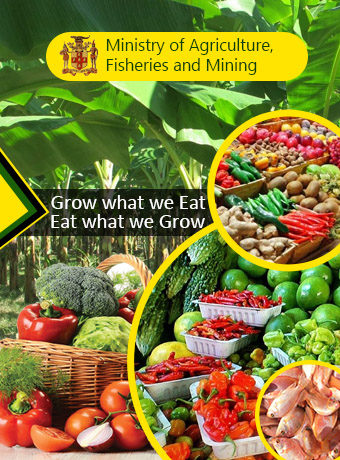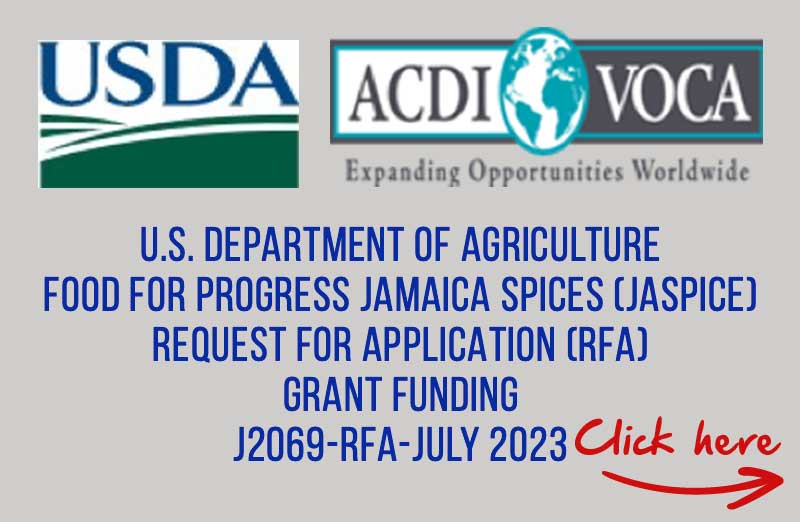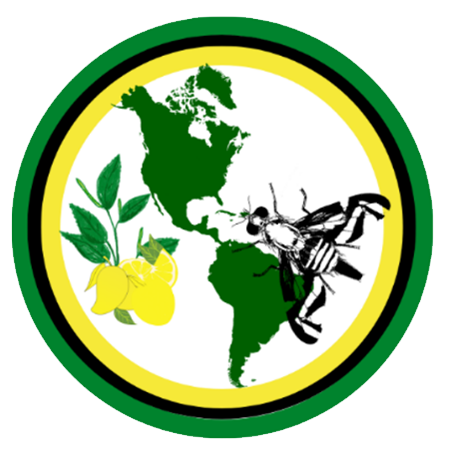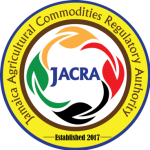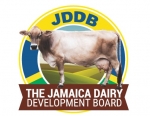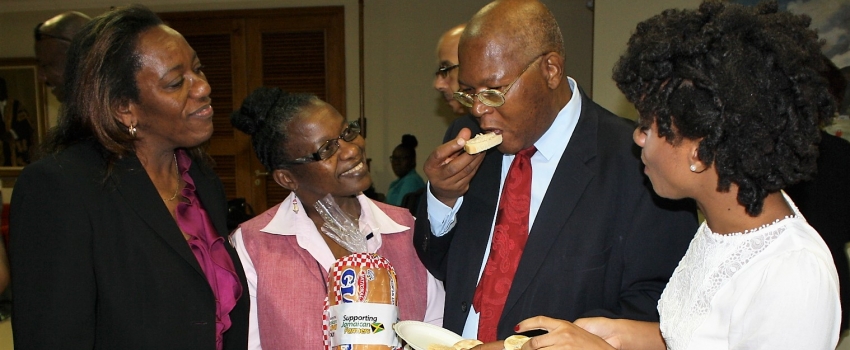
Director General in the Ministry of Industry, Commerce, Agriculture and Fisheries (MICAF), Vivian Brown sampling the 5 % cassava bread made by National Baking Company Limited at the 2017 Regional Starch Conference (meeting of ISO/TC 93) held at the University of the West Indies (UWI), Mona, on Thursday, March 23, 2017. Looking on from left are: Director, Standards Division, Bureau of Standards Jamaica (BSJ), Julia Bonner Douett; Acting Senior Director, ISO Quality Systems Division at MICAF, Grace Ann Biggs Allen; and Quality Assurance & Food Safety Technician, Agricultural Research & Innovation Faculty (UWI), Racquel Martin.
Director General in the Ministry of Industry, Commerce, Agriculture and Fisheries, Mr. Vivian Brown, says that the industrial starch market worldwide is poised for growth within the next six years.
“Output in the industrial starch industry, by volume, is projected to reach 113.9 MT by 2020, at a compound annual growth rate of 3.9% from 2016. Also, in terms of value, the same market is projected to reach US$106.64 Billion by 2022”, he stated.
He was speaking at the opening ceremony of the 2nd Regional Starch Conference/Meeting of ISO/TC 93 at the University of the West Indies Regional Headquarters, in Kingston (today) March 23, 2017.
He noted that what is driving the starch market is the growth in demand for convenience food, multiple functionalities of starch, starch derivatives and sweeteners in a diverse range of end-user industries.
“What this means is that the potential revenue from the starch industry is, therefore, quite enormous and will greatly impact the GDP of any country investing in the industry. This certainly opens great possibilities and opportunities to many of our economies here in the Caribbean and, no doubt, elsewhere”, he further noted.
In addition, the Director General noted that Jamaica continues to import relatively large quantiles of various starches, and in 2009 the starch imports alone – rice, potatoes, wheat and flour – were in excess of US150 million.
“However, since then we have made some in-roads under our Irish Potato Programme, achieving son 85% self-sufficiency in table Irish potato production, but our expenditure of foreign exchange on the importation of starches continues to be astronomical” he reiterated.
He further said that if Jamaica reduced its starch imports by only 10%, this would result in foreign exchange savings of approximately US$15 million, and would also provide an estimated 1,000 or more jobs. He added, however, that the country was “still a far way from having a formalized starch industry”.
Each year, an estimated 60 million tonnes of starch are extracted from a wide range of cereal, root and tuber crops. Extracted starches are used as stabilizers in syrups and frozen food as a coating on pills and paper, as adhesives on stamps and plywood, as a stiffening agent in textiles, as raw material for making ethanol, and even as binder in concrete.
The two-day event, which runs from March 23-24, is being hosted by the Bureau of Standards Jamaica and the University of the West Indies under the theme: ‘Indigenous Caribbean Starch Product: Back to the Future’, and includes attendees from Iran, Russia and China as well as participation from the CARICOM Regional Organization for Standards and Quality (CROSQ), St. Lucia and Trinidad and Tobago.
=30=
